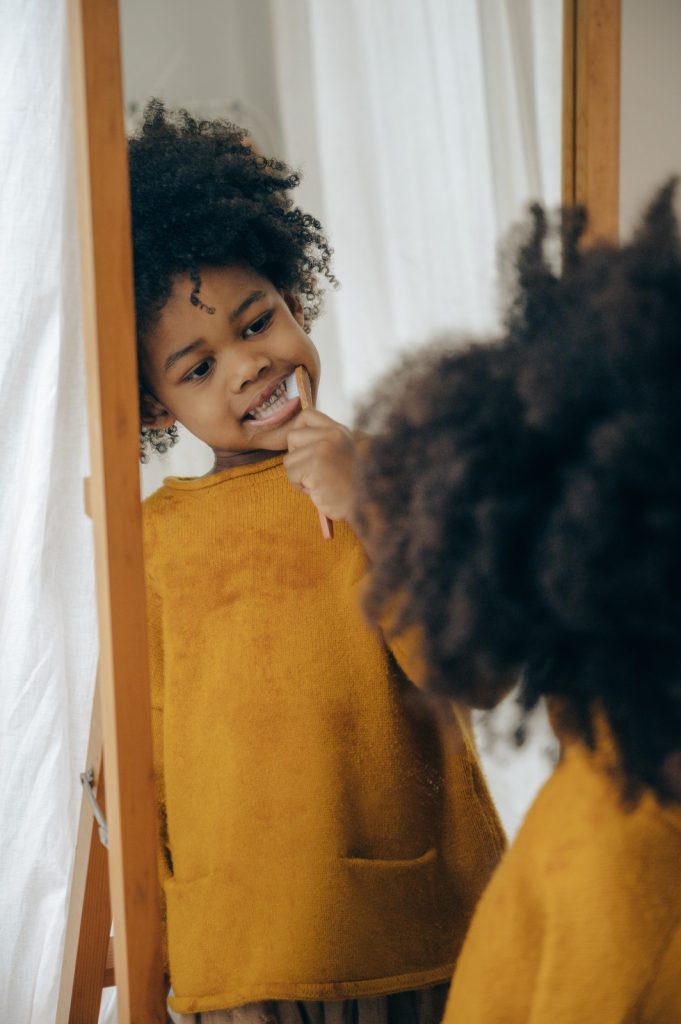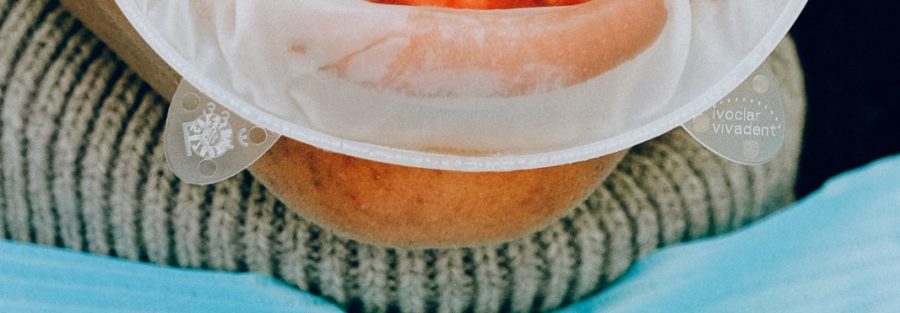A missing teeth. Not the best of features for a lead singer, but pretty dang cute on babies. But why do humans have baby teeth, and why do we lose them? Humans, and most mammals, are diphyodonts, meaning we grow two sets of teeth in our lifetimes. A permanent set of adult teeth, and a deciduous set of baby teeth. Deciduous teeth are smaller and fewer in number, because a toddler’s jaws are tiny, and could never fit in a full set of 32 adult teeth.
So instead, we begin life with 20 smaller teeth, which start erupting out of our gums when we’re about to turn six months old, and are fully in by the time we’re two and a half. Just like our permanent teeth, deciduous teeth grow in pairs, meaning that when two incisors erupt from the lower jaw, you can bet that two incisors are going to erupt from the upper jaw soon. This allows our mouths to bite down and chew evenly, and helps ensure that our jaws grow and wear down evenly, too. Now, as we get bigger, we need new teeth, or there’d just be a bunch of space between all of them.

But instead of wedging those new teeth in between the old ones, we lose the old set and grow a whole new one. That’s why baby teeth are called deciduous, just like the leaves on deciduous trees. They will shed at a specific stage of development. Four new molars erupt at the back of our mouths when we’re around five or six years old. Then, our deciduous incisors, which are right here in front, fall out and are replaced by permanent incisors. By the time we reach puberty, we have an almost full set of 28 permanent teeth. The last four emerge later in life, these so-called wisdom teeth, our molars in the back of the mouth.
They were super helpful some 100 million years ago when our jaws were bigger, but evolution has made our mouths smaller, and now these molars crowd out other teeth and can cause pain, which is why a lot of people get them removed. Now, being a diphyodont might not be the best way to go. While it sounds nice to have an extra set of something, we only get two sets of teeth in our lives. Polyphyodonts, on the other hand, can grow and regenerate teeth multiple times. These include alligators, fish, even some mammals like elephants, who can regenerate their teeth up to six times to help them enjoy long lives of grinding up plants. But our second set of teeth will just keep wearing and breaking over time, so take care of them while you can, as there are no second chances after them.


